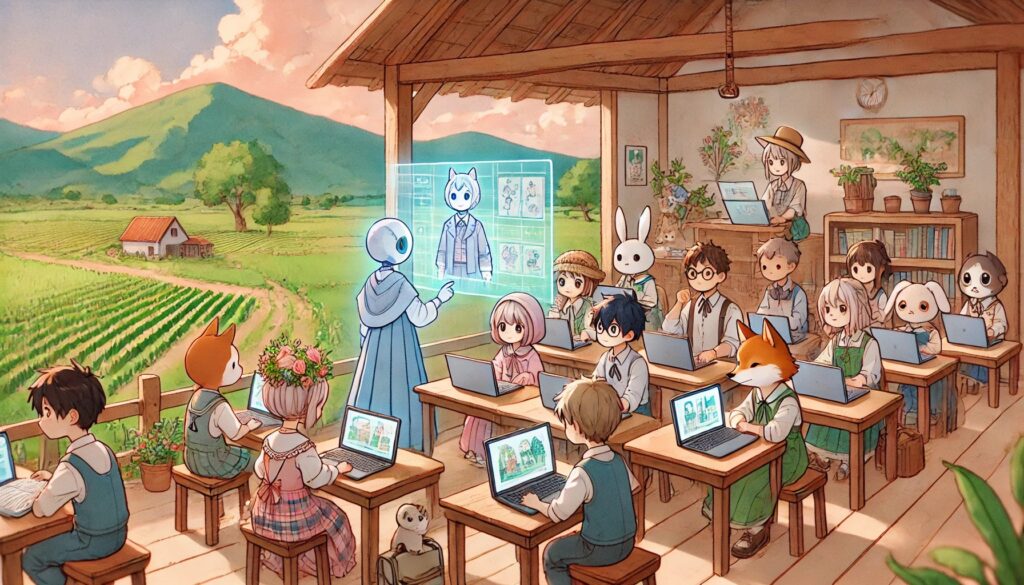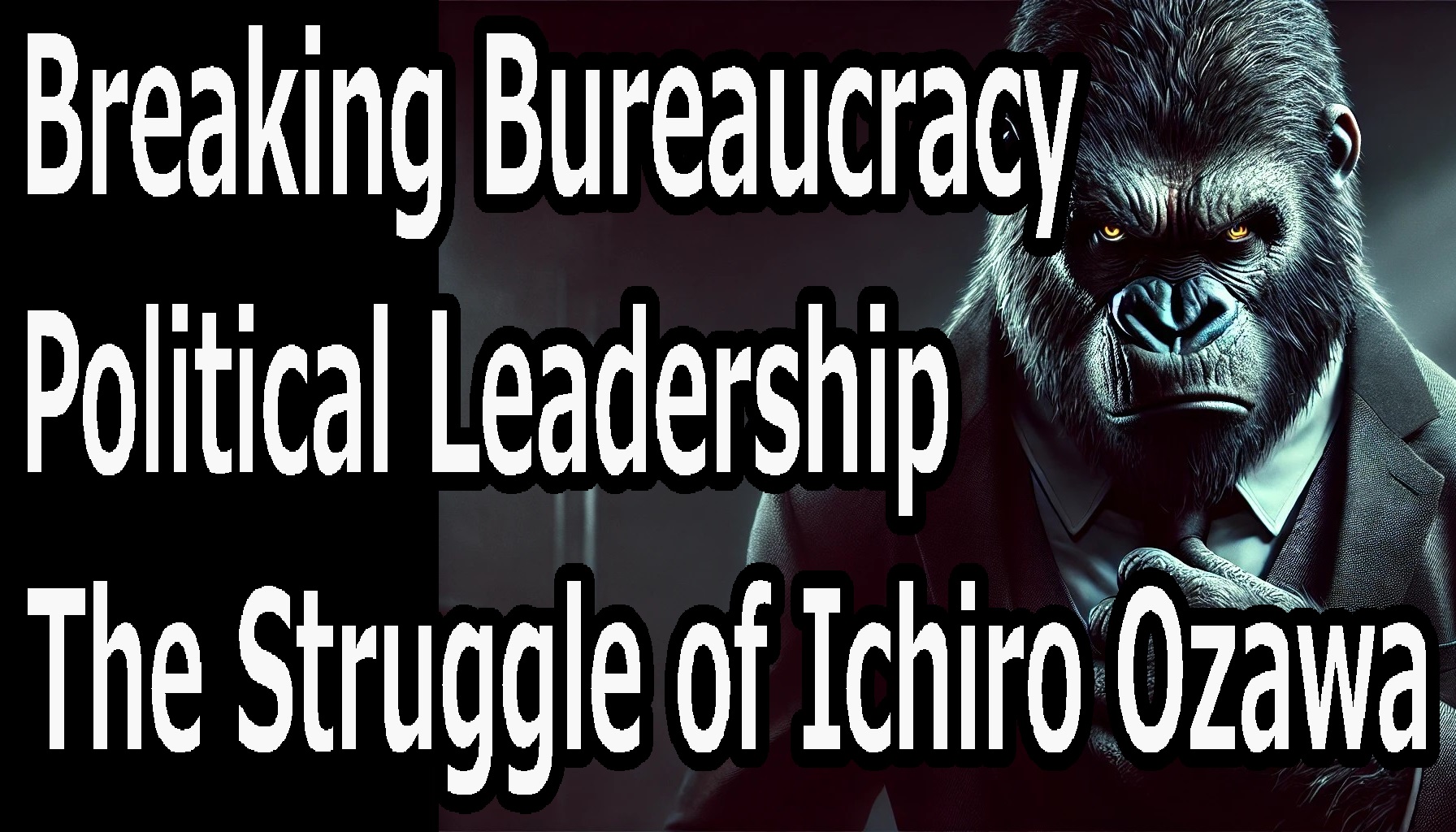The high school free education policy proposed by Ishin has sparked widespread debate. Is it genuine educational support, or just an election strategy? This article explores the current state and challenges of free high school education, the increase in foreign students due to J-MIRAI, and the balance of educational policies.
Current State of High Schools
Currently, public high school tuition in Japan is practically free, and private high schools have financial support programs based on household income. Ishin aims to expand this system further, pushing for tuition-free education, including private high schools. The goal is to eliminate economic disparities in education and enhance freedom of choice between public and private schools. However, concerns have been raised about potential issues such as declining enrollment in public high schools and widening educational disparities.
Possibility of a Subsidy Business
Additionally, there is no clear data proving that free high school education contributes to academic improvement. While free education has already been implemented in Osaka, its impact on academic performance has not been fully verified. Some concerns include the rise of schools that prioritize easy graduation over academic rigor and potential misuse of financial aid by increasing the number of foreign students.
Former Prime Minister Kishida’s J-MIRAI
Furthermore, the “J-MIRAI” program, announced by former Prime Minister Kishida in 2023, aims to send 500,000 Japanese students abroad and accept 400,000 foreign students by 2033, promoting the internationalization of education. However, it is essential to consider how such initiatives might fuel the commercialization of foreign student enrollment in private schools.
AI and Online Learning
When considering the learning environment for young people in rural areas, the utilization of AI and online learning holds great potential. With advancements in cutting-edge educational technology, a system is gradually being established that enables high-quality education to be provided without geographical limitations.
Learning Environment for Rural Students
For example, by utilizing AI-powered tutoring systems and building online learning environments, students in rural areas can gain the same learning opportunities as those in urban centers. This not only has the potential to bridge educational disparities but also creates an environment where young people in rural areas can maximize their potential.
Expanding Scholarship Programs
While free high school education is undoubtedly a beneficial policy, it is essential to consider the overall balance of educational policies. Should we also discuss more effective ways of investing in education, such as reducing university tuition burdens and expanding scholarship programs for outstanding students?
Investing in Young People
It is undeniable that one of the most crucial investments for the future is nurturing talented young individuals. If young people become exhausted due to excessive focus on elderly support, their motivation to strive for success may diminish. Politicians should not focus solely on election strategies but rather take a long-term perspective to create an environment where Japan’s youth can challenge themselves and realize their full potential.
The 1.03 Million Yen Barrier Stalls
If the free high school education policy leads to the failure of raising the 1.03 million yen income threshold, Ishin may face significant consequences in the next election. Free high school education lasts only three years and applies to a limited group, whereas the 1.03 million yen threshold affects nearly all citizens.
- Current State of High Schools
- Possibility of a Subsidy Business
- Former Prime Minister Kishida’s J-MIRAI
- AI and Online Learning
- Learning Environment for Rural Students
- Expanding Scholarship Programs
- Investing in Young People
- The 1.03 Million Yen Barrier Stalls
- What is Free High School Education?
- J-MIRAI: The Initiative for Future Global Leaders
- AI is Transforming the Learning Environment
- Conclusion: True Fairness is Strategic Investment in Talent
What is Free High School Education?
In Japan, public high school tuition is already effectively free, and private high schools offer tuition assistance based on household income. Families earning less than 5.9 million yen annually can receive 396,000 yen in support, significantly narrowing the gap between public and private school expenses.
Ishin’s proposal aims to expand tuition-free education to include private high schools nationwide, modeled after Osaka’s existing policy. This initiative seeks to correct educational disparities caused by financial circumstances and promote greater choice between public and private schools. However, concerns remain about the impact on public high school enrollment, leading to potential school closures. Additionally, a rise in private school attendance may weaken the competitiveness of public schools and exacerbate educational inequality.
Does Free Education Really Improve Academic Performance?
In Osaka, where free high school education has already been implemented, an increase in private school applicants has been observed, leading to a decline in public school enrollment. However, there is still no concrete data confirming a direct correlation between free tuition and academic improvement.
The idea that “removing tuition burdens improves the learning environment and enhances academic performance” is a hypothesis yet to be fully validated. Before expanding the Osaka model nationwide, a thorough evaluation of its effectiveness in boosting academic achievement is essential.
Challenges of Free High School Education
One concern is the emergence of schools that market “easy graduation” as a selling point. Particularly in online and lower-ranked schools, there is a risk of institutions focusing more on graduation rates than academic quality, creating what some call a “high school diploma business.”
Another issue is the rising number of foreign students. According to data from the Ministry of Education, the number of foreign students in Japanese high schools is increasing, particularly in private institutions.
If private high school tuition becomes free, Japan could see an influx of foreign students enrolling solely to take advantage of tuition-free education, leading to a surge in fraudulent enrollment practices. Similar issues have already been reported in some vocational schools and universities, where tuition-free education is exploited.
As free high school education progresses, financial sustainability and appropriate resource allocation become crucial concerns. The primary objective should be expanding educational opportunities while ensuring that public funds are used responsibly.
J-MIRAI: The Initiative for Future Global Leaders
In 2023, former Prime Minister Kishida launched the “J-MIRAI” initiative, aiming to send 500,000 Japanese students abroad and welcome 400,000 foreign students to Japan by 2033.
This program intends to develop a global perspective among Japanese students, helping them excel in international fields. J-MIRAI offers scholarships for outstanding students, partnerships with foreign universities, and post-graduation career support.
J-MIRAI is designed not only to address educational disparities within Japan but also to enhance the global competitiveness of Japanese talent. Strengthening domestic university support alongside international initiatives is key to achieving balanced educational development.
Balancing Free High School Education and University Support
Cost Comparison:
- Public High School: Approximately 120,000 yen per year (already effectively free)
- Private High School: 800,000–1,200,000 yen per year (with financial aid available based on income)
- National University: 540,000 yen annually + 280,000 yen entrance fee (totaling over 2.5 million yen for four years)
- Private University: 1,000,000–2,000,000 yen per year (4–8 million yen total)
- Private Medical School: Over 20 million yen for six years
Compared to universities, high school tuition is relatively low. While free high school education has benefits, proper budget allocation is essential. More emphasis should be placed on reducing financial barriers to university education.
Expanding scholarship programs and tuition waivers for top students could prevent economic hardships from limiting access to higher education.
Encouraging Talent through Scholarships
Talented students should receive stronger financial support, such as tuition exemptions for top-tier universities. For example, students in fields crucial for national growth, like medical and engineering, could receive incentives such as reduced student loan repayment in exchange for service in designated sectors.
Countries like the U.S. and Germany provide significant tuition waivers to top-performing students, and Japan should consider similar models.
AI is Transforming the Learning Environment
One of the most significant impacts AI will have on humanity is the transformation of the learning environment. By replacing certain aspects of human instruction, AI enhances educational efficiency and enables personalized, optimized learning experiences for individuals.
For instance, AI tutors can generate customized questions and provide real-time feedback, making learning progress more transparent. Online learning platforms allow students in rural areas to access the same quality of education as those in urban centers, helping to bridge the educational gap.
This demonstrates that regardless of location, students can improve their academic abilities. By utilizing AI and online tutoring, students everywhere can access high-quality education and even challenge themselves to enter prestigious universities.
The Hostage of Internal Assessment Scores
Around the second year of junior high school, phrases such as ‘it will affect your internal assessment score,’ ‘aim to improve your assessment,’ or ‘your score will drop’ become more frequent. Those who have gone through high school entrance exams may be familiar with this system. In public high schools, admission decisions are based on a combination of school grades and entrance exam scores.
The internal assessment refers to school grades, and regardless of how well a student performs on the entrance exam, they cannot pass if their internal score is too low. Many students may feel disillusioned by the system, realizing that it is influenced by subjective evaluations rather than purely academic ability.
On the positive side, it means that consistent effort is rewarded. However, the downside is that personal biases can affect assessments, as teachers, being human, cannot always grade objectively. Additionally, it is often said within the tutoring industry that female students tend to receive higher internal scores than their male counterparts, possibly due to differences in diligence and behavior in school life.
Furthermore, students who are unable to attend school do not receive internal assessment scores. Even if a student studies independently at home and achieves high academic performance, they must apply to lower-ranked schools because their internal assessment scores do not meet the required threshold. Although this system has its rationale, revising such regulations to allow for more flexibility could be one possible reform.
Conclusion: True Fairness is Strategic Investment in Talent
Politicians frequently use phrases like ‘universal’ in past policies. For instance, nationwide universal financial aid policies and subsidies may seem fair at first glance, but concerns regarding financial burden and policy sustainability have often been raised.
Similarly, the free high school education policy proposed by Ishin has both advantages and concerns. Issues such as financial resources and potential declines in education quality have been pointed out. Further discussions are needed on how voters in Osaka and education stakeholders evaluate these aspects.
Fairness is not just about providing universal support but also about properly distinguishing between support for disadvantaged students and investments in outstanding students.
For example, in the United States, scholarship programs for high-achieving students are well established, with top institutions like Harvard and MIT offering full tuition waivers and financial aid for outstanding students. In Germany, public university tuition is generally free, ensuring that academically gifted students do not have to forgo higher education due to financial reasons.
In Japan, strengthening support for students who excel in specific fields and expanding scholarships and tuition exemption programs based on academic performance could lead to a more equitable education support system.
If It Truly Benefits Young People
While free high school education may be necessary in some cases, implementing it uniformly across the board may not be the best approach. Many schools today have significant foreign investment, raising concerns about unintended financial flows that could arise from such policies.
If the introduction of free high school education results in the failure to raise the 1.03 million yen income threshold, Ishin could face significant consequences in the next election.
From a long-term perspective, a universal free education policy is not inherently flawed. However, prioritizing investments in STEM (Science, Technology, Engineering, and Mathematics) scholarships and strengthening support for talented students from rural areas could be a more effective and fairer approach.
There is no doubt that the most promising investment lies in nurturing talented young individuals. It would be more beneficial to separate support systems for disadvantaged students and funding for outstanding young talent.









